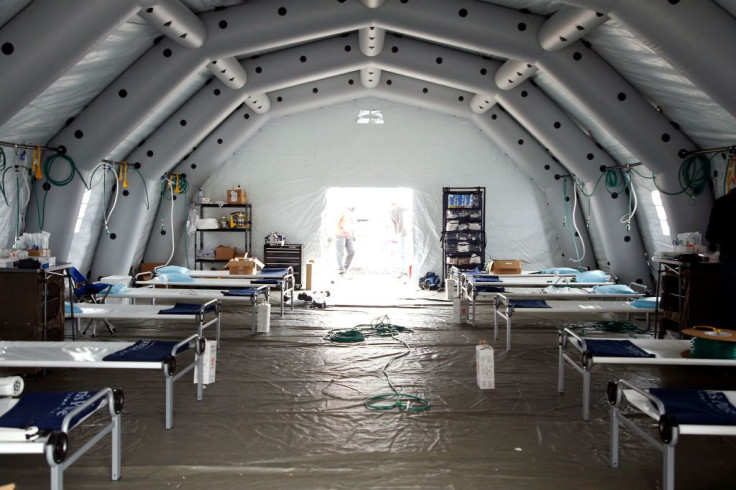A Native American health center in Seattle recounted how the U.S. government failed in its obligation to provide adequate health care to their community in mid-March, when the Seattle region was still grappling with the coronavirus pandemic.
Seattle was one of the earliest hot spots of COVID-19 in the U.S. When cases of the coronavirus started to shoot up in the state in early March, one community health center caring for the area’s Native American population made an urgent request for medical supplies. Three weeks later, federal and state health agencies sent them a box of body bags.
Seattle Indian Health Board chief executive officer Esther Lucero recounted how flabbergasted they were upon receiving the chilling package. “My team turned ghost white,” she said. “We asked for tests, and they sent us a box of body bags.”
While the body bags were reportedly a mistaken delivery, Abigail Echo-Hawk, the health board’s chief research officer, said the incident says a lot about how the U.S. government still fails to address the pressing lack of resources and funding in Native American communities.
“The Navajo Nation is in a crisis with cases, and there are tribes and other Indian organizations across the country that are in similar crises and can use medical supplies and help instead of watching people die,” she said. “This is a metaphor for what’s happening,” she added.
On Tuesday, the federal government announced that it would start the distribution of dollars in pandemic relief funds to Native American tribal governments. While Seattle has managed to curb the spread of the coronavirus since March, Echo-Hawk said the government wasn’t there when the situation in their community was most critical. She is also worried about whether the aid to be provided by the government will be enough to perform the necessary testing and secure enough PPEs for their health workers when the second wave of COVID-19 crops up later this year.
“My question is: Are we going to keep getting body bags or are we going to get what we actually need?” she said.
Since March, Seattle has seen a decrease in its coronavirus infection rate, although statistics show that the rate of infection among people of color is still four times that of the whites.

© 2025 Latin Times. All rights reserved. Do not reproduce without permission.



